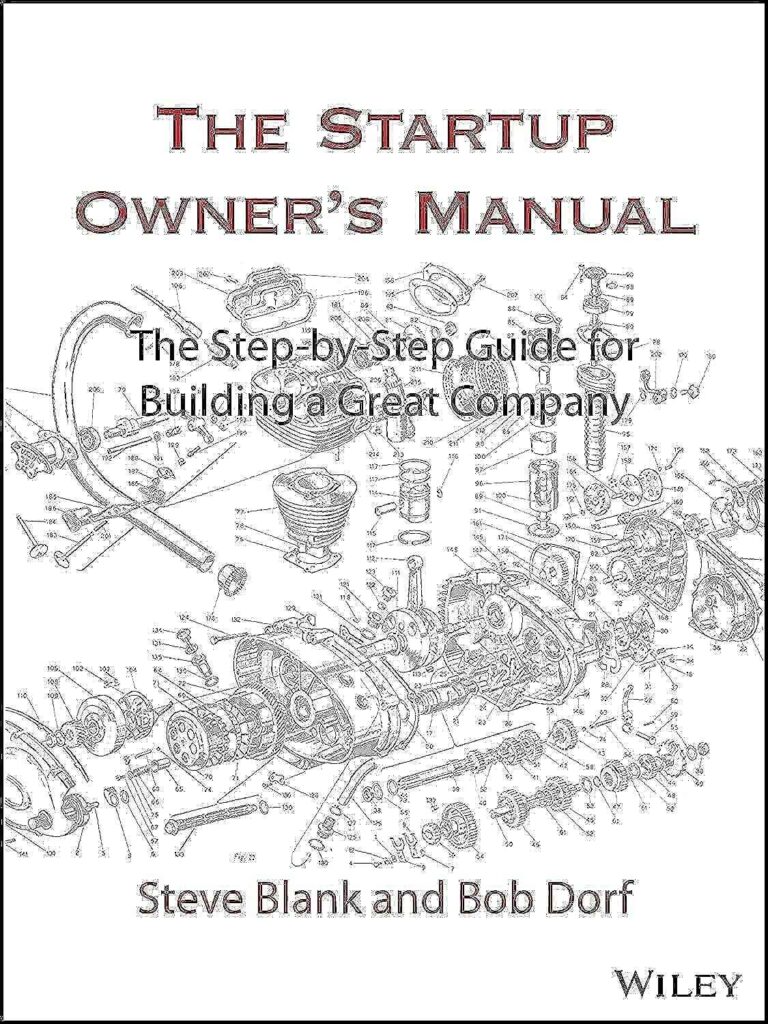Key Takeaways
- Your most unhappy customers are your greatest source of learning.
- It takes 20 years to build a reputation and five minutes to ruin it. If you think about that, you’ll do things differently.
- It is not the size of your business that matters; it’s the size of your dedication and determination.
- If you are born poor, it’s not your mistake. But if you die poor, it’s your mistake.
- The biggest risk is not taking any risk… In a world that’s changing really quickly, the only strategy that is guaranteed to fail is not taking risks.
Introduction
Welcome to “mastering the startup success equation, insider tips and tricks” In this guide, we’ll explore how to build a successful startup step by step. We’ll start with coming up with ideas and go all the way to making your business grow big. We’ve talked to lots of experienced business owners to get their best advice.
Whether you’re just starting out or you’ve been in business for a while, this guide will give you practical ideas to deal with problems, find chances, and understand what makes a startup work. Let’s get started on this journey of learning and discovery!
Facts About This Book
More than 100,000 entrepreneurs trust this book. The National Science Foundation gives money to hundreds of startup teams each year to follow the steps outlined in the book. It’s also taught at top universities like Stanford, Berkeley, and Columbia, as well as over 100 others worldwide. Why is it so popular?
Because it’s written by Steve Blank, a well-known expert in Silicon Valley startups, who created the Customer Development process. This book, which has 608 pages, over 100 charts, graphs, and diagrams, and 77 checklists, guides you through the process. It helps you avoid common mistakes, bring your business idea to life, understand your customers, and make your startup profitable.
Also Read: The $100 Startup: How to Start a Profitable Business From Home
The Winning Blueprint: Crack the Startup Success Code
“The Startup Owner’s Manual” by Steve Blank and Bob Dorf is like a big instruction book for people who want to start and grow their own business. It helps you understand all the tricky parts of getting a startup going and making it bigger. Here are some important things you can learn from the book.
1. Customer Development
To “get out of the building” means leaving your office or workspace and talking directly to the people who might use your product or service. You can do this by visiting places where your potential customers hang out, like coffee shops, events, or online forums. Ask them questions to understand what problems they have and what they need.
Listen carefully to their answers and take notes. Then, use this feedback to improve your product or service. Keep doing this process of talking to customers, learning, and making changes until you get it right.
2. The Business Model Canvas
The business model canvas is like a big poster that helps you see and understand all the important parts of your business. It’s divided into sections, like pieces of a puzzle, and each section represents a different aspect of your business, such as who your customers are, what value you offer them, how you reach them, and how you make money.
To use it, you fill in each section with information about your business, like who your customers are and what makes your product or service special. This helps you get a clear picture of your business and identify areas where you can improve or make changes to make it better.
3. Agile Development
Agile development means breaking down your work into smaller tasks called “sprints” that last for a short time, like one or two weeks. You start by making a plan for what you want to accomplish in each sprint. Then, you work on those tasks, testing and improving as you go. At the end of each sprint, you show what you’ve done to your team or customers and get their feedback.
Based on their input, you adjust your plans for the next sprint. This way, you’re always learning and improving, which helps you build a product that meets the needs of your customers more quickly and effectively.
4. Pivot or Persevere
Deciding whether to pivot or persevere means figuring out if you should change your business plan or keep going with what you’re doing. To do this, you need to look at how well your business is doing and whether it’s meeting the needs of your customers. If things aren’t going as planned or your customers aren’t happy, it might be time to pivot, which means changing your strategy.
You can do this by talking to your customers, looking at data, and listening to feedback. Then, you can make adjustments to your plan and try something new. If your business is doing well and your customers are happy, it’s probably best to persevere and keep doing what you’re doing.
Also Read: 7 Steps to Start an Online Business From Scratch (2024 Guide)
5. Scalability and Growth
Scaling your startup means being able to handle more customers and grow your business without losing quality. To do this, you can focus on a few key things. First, make sure your operations can handle the increased demand by streamlining processes and investing in technology. Next, find ways to attract more customers, like marketing or partnerships. As you grow, keep an eye on how your business is doing and make adjustments as needed.
It’s also important to hire the right people and build a strong team to support your growth. By staying flexible and adapting to changes, you can manage growth effectively and keep your startup moving forward.
6. Funding and Financing
To fund your startup, there are different options you can explore. Bootstrapping means using your own money or resources to get started. Angel investors are individuals who invest their own money into startups in exchange for ownership. Venture capital firms invest larger amounts of money into startups in exchange for equity. Crowdfunding involves raising small amounts of money from a large number of people through online platforms.
When pitching to investors, it’s important to clearly explain your business idea, the problem you’re solving, and how you plan to make money. Negotiating funding deals involves discussing terms like the amount of money invested, ownership percentage, and any conditions attached to the investment.
7. Building a Startup Ecosystem
Building a startup ecosystem involves connecting with people who can support your business journey. Start by attending networking events, joining online communities, and reaching out to potential mentors, advisors, and partners who have experience in your industry. Share your ideas and ask for advice, and be open to offering help in return.
Building genuine relationships is key, so focus on building trust and rapport with others in the startup community. By surrounding yourself with supportive individuals who can offer guidance, resources, and opportunities, you’ll increase your chances of success in the startup world.
8. Measuring Success
To measure success in a startup, you need to track specific metrics and key performance indicators (KPIs) that reflect your business goals. Start by identifying the most important metrics for your startup’s stage and industry, such as customer acquisition cost, revenue growth, churn rate, or user engagement. Use tools like spreadsheets or analytics software to collect and analyze data regularly.
Once you have the data, interpret it to understand how well your startup is performing and whether you’re meeting your targets. Adjust your strategies based on these insights to optimize performance and drive success over time.
About the Author
Steve Blank is a successful entrepreneur who has started eight companies. Now, he teaches others about startups and innovation. He’s known for launching the Lean Startup movement, which changed how startups are created and how entrepreneurship is taught. He’s a respected leader in the field and has been recognized for his contributions to innovation.
Steve teaches classes at universities like Stanford and Berkeley, and he’s also involved in government initiatives to promote innovation. He writes articles and speaks about startups and innovation, sharing his knowledge with others. You can find more about him on his website.
Amazon ratings: 4.6 out of 5 stars 445 ratings, 4.1 on Goodreads 12,534 ratings.
Additional reference: Meaning of a Startup and 4 Success equations for Small startup
Conclusion
In conclusion, making your startup successful needs three things: being determined, able to change when needed, and thinking smart. Understand what your customers want, keep learning and improving, and have people around you who support you.
Always keep your goals in mind, be ready to change if things aren’t working, and keep looking for ways to make your business grow. If you stay positive and work hard, you can make your startup dreams come true and have a successful business.
FAQs
Q:1 What is the 3 formula for success?
Determination, adaptability, and strategic thinking.
Q:2 What is the basic formula for success?
Determination, adaptability, and strategic thinking.
Q:3 What is the golden rule of startup?
Understand and meet the needs of your customers.
Q:4 What is the simple equation for success?
Determination + Adaptability + Strategic Thinking = Success.
Q:5 What’s the formula of being a successful entrepreneur?
Understanding customer needs + Continuous learning and adaptation = Successful entrepreneurship.


